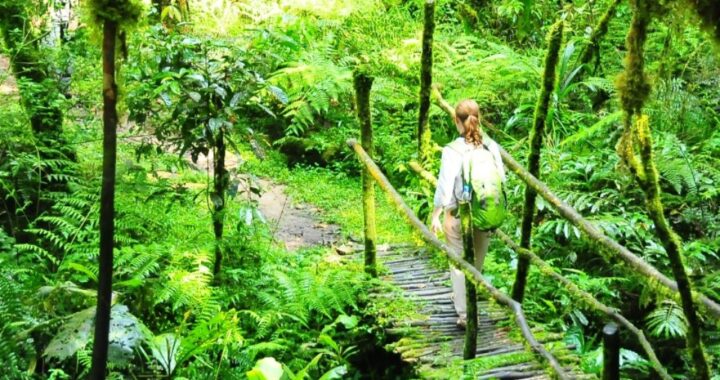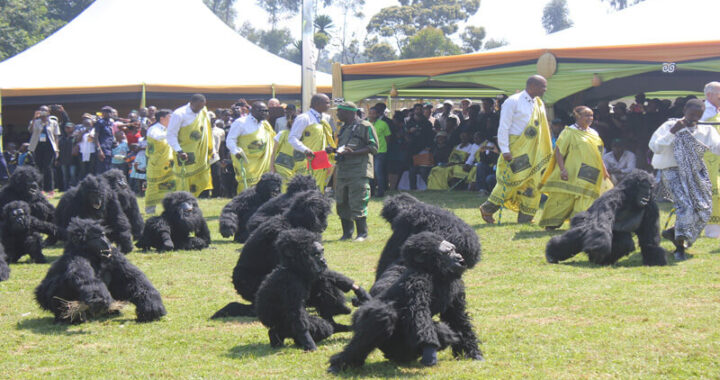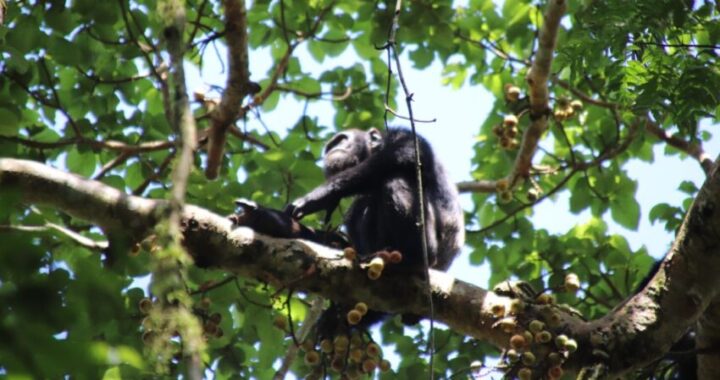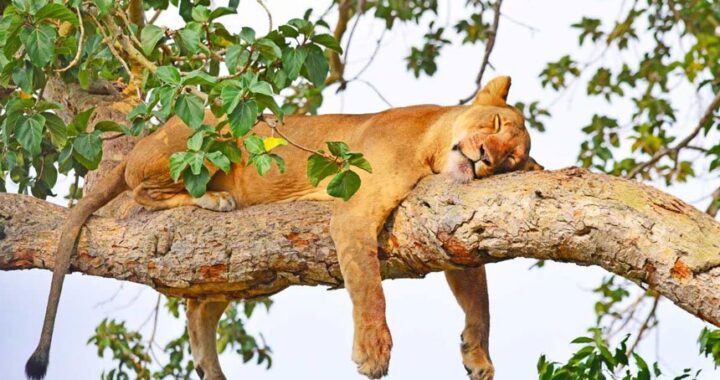To understand ecotourism in Uganda, let’s first look at the term ecotourism in general, Uganda Eco Tours defines ecotourism as “that form of travel that involves travelling to natural areas with the objectives of learning, studying or participating in activities that seek to minimize negative impacts of tourism to the environment; at the same time protecting and empowering the local/host communities on gaining the social economic benefits in regards to tourism.
According to IUCN 1996, ecotourism is defined as environmentally responsible travel and visitation to relatively undisturbed areas, in order to enjoy and appreciate nature and any accompanying cultural features both past and present that promotes conservation, has low negative visitor impact, and provides for beneficially active socioeconomic involvement of local population.
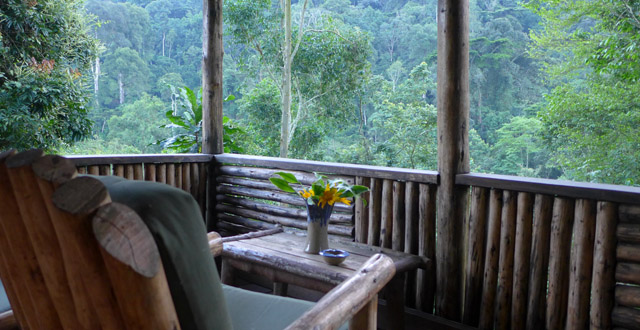
Uganda has quite a number of eco-tourism hot spots, some of which are centrally based in some of the local community areas more especially the protected areas such as national parks and other identified tourism destinations which generate more positive impacts in regards to as tourism is concerned.
With the development of tourism activities like Gorilla trekking, Chimpanzee tracking, Bird watching, Forest / Nature Walks, cultural trails and many more, Uganda have some significant steps in what many people /scholars may regard as a shift from the traditional tourism to responsible tourism to ecologically sensitive areas. Here are some of the eco-tourism initiatives that are in place in modern day today and have greatly improved on the wellbeing of the host communities in some parts of Uganda not only socially and economically.
Practising ecotourism in Uganda
Bigodi Wetland Sanctuary
Bigodi Wetland Sanctuary is an exciting area, located in the Magombe swamp. this area is recognized for an extensive array of biodiversity among which are several primates species like the red colobus monkey, baboon, black & white colobus monkey, blue monkey grey cheeked, mangabey, vervet monkey, red tailed monkey and the L’Hoest monkey. Additional Mammals such as chimpanzees, Sitatunga, mongooses, bush pigs, otters plus bush bucks, also visit this swamp coming from the adjacent Kibale National Park.
The Bigodi wetland sanctuary is a haven for bird watchers. Here skilled birders can spot up to fifty new species of birds a checklist. Today, 138 species of bird have been recognized within the Bigodi Wetland Sanctuary. Among the major bird species within the sanctuary is the grate Blue Turaco.
It’s located in western parts of Uganda in the areas of Kamwenge district on the rim of Kibale Forest National park just around 40Kms from Fort portal city and 350Kms from Kampala the central business district and it’s under the eco- tourism initiative of KAFRED (Kibale Association for Rural and Economic Development) which is a community based project aiming at entirely managing and running the local community.
This wetland derived its name from a local dialect in Rutooro language called” Kugodya” meaning walking tirelessly.
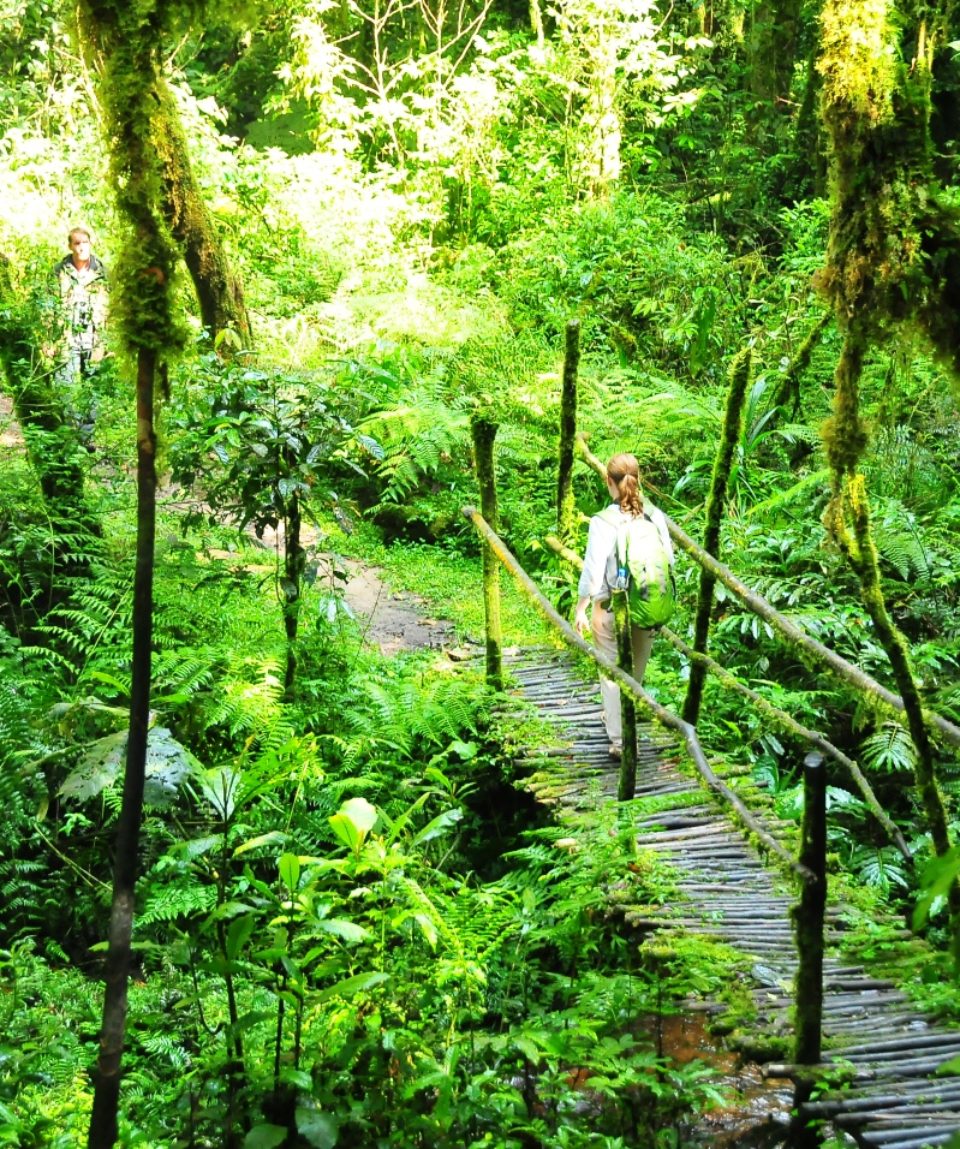
Impact of the project on the community
- It has enhanced the community development through the setting up of some local community projects such as promoting the local women handcraft shop which has facilitated the local women growth and development through provision of ready market for their products like Basket weaving, Mats and other related products.
- It has also helped in the provision of education to the community such the community schools at Bigodi, that is to say, there is primary and secondary school and the Healthy facility which have helped to improve on the educational healthy wellbeing of the community.
- Provision of employment opportunity to the local community, here most of the people who work at the sanctuary from the local community and this has necessitated the community to participate in the decision making in reference to the sanctuary.
- This organization has also helped in the promotion of cultural tourism in the area through organizing the local traditional customary marriage and also the local traditional story teller who tells people about their past, present and future.
Mutanda Ecotourism Program
The biggest island, named after the lake, is Mutanda Island. This is inhibited by a local community of the “Abagesera” clan. These grow crops, such as peas, bananas, and sugar canes. A good portion of this island is covered by trees and shrubs. There is a church built on top of the island and local worshipers from the mainland canoe to this island to attend service at this church.
This Lake has two islands that earned the name Punishment Islands for being the places where criminals and misfits of the society were taken and dumped as a punishment. More especially Unmarried pregnant girls, the elderly with no one to care for them, criminals such as thieves, and unwanted people from the region would be tied and taken to these islands and left to die there. Others would be killed and dumped at these islands. Caves with skeletal remains are found at the islands. These two islands are feared by the locals and no one walks to their because of the belief that they are haunted by the dead.
The Lake Mutanda Eco-Tourism Program is implemented by MCDO in partnership with The Intrepid Foundation. The overall goal of the project to renovate the Mutanda Eco Community Centre into a midrange ecotourism facility. Improving infrastructures such as cottages, kitchen and camping grounds, will greatly increase the economic viability of the lodge. Mutanda Eco Community Centre is strategically located at around 6kms from Kisoro town and a few kilometers from both Mgahinga Gorilla National Park and Bwindi National Park.
Activities
- Visits by pupils to Mgahinga & Bwindi Gorilla National Parks, and/or Queen Elizabeth National Park to increase student’s awareness on wildlife conservation.
- Promoting reforestation at the community level through the development of tree nursery beds and planting of native vegetation/indigenous tree species to mitigate the adverse effects of climate change.
- Sensitive students and their families on the role of waste management on Sanitation and Hygiene improvement.
- Conduct workshops to improve students’ knowledge on Uganda wildlife with special emphasis on those animals at the verge of extinction such as the mountain gorillas. In addition to the mentioned activities, some workshops and events will be conducted to sensitize the local communities on key environmental concepts to complement conservation education and awareness issues that the school children will have learnt from this project.
Benefits of the project to the community
- The Mutanda eco-tourism program has encouraged the growth of eco-tourism development around the area; this has helped the local community to benefit out of the eco-tourism through formation of women groups such as the women group projects, and dancing group at Mutanda.
- It has also enhanced on the provision of market for the local community products more especially for the basket weaving project.
- Provision of employment opportunities to the local community members more especially for the canoe riders on Lake Mutanda to the sin Island at Kanyangusho.
However, apart from the above noted areas, Uganda has a lot of eco-tourism activities on a wide scale and these would probably be experimented while you’re on a gorilla trekking safari in Uganda. You will be able to notice some the community based tourism approaches and practiced while in Uganda and these include the Batwa Community in Mgahinga.
In general community based tourism creates a strong link between the tourists and the host communities more especially when it comes to the realisation of the benefits out of the friendly based tourism (Eco-tourism) and this has helped the conservation of different tourism products and destination in Uganda such as the Bomu women group, The Katwe Kabatooro Women Project and many more. This has also given out more open opportunities to the community through the development of home stays which more often promotes cultural tourism as the tourists learn on the ways and behaviors of the local people lively hood.
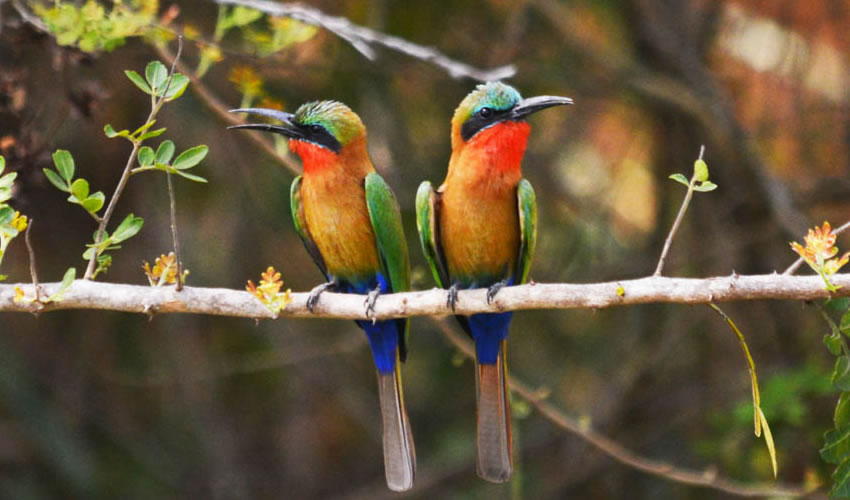
The Homestays include the Ishanyu home stead which is just located on the very few Kilometers from Mbarara city, it sits on a hill with the beautiful views of the nearby places of importance such as Lake Mburo National and it’s conveniently located to the highway along Fotportal Queen Elizabeth.
Ishanyu (which means happiness) is a family farm of pastoralists which depicts a perfect example blending contemporary living with tradition. While many farmers have changed from traditional to exotic cows, Ishanyu still focuses on the Ankole cattle activities experience which dates back 700 years ago and are still practiced by the Bahima.
These are some of the traditional experiential activities as below.
- Cow milking.
- Prepare and taste ghee and traditional yogurt
- Taste milk or yoghurt (amakamo) stored in shiny black wooden milk pots
- Clean traditional milk pots (ebyanzi)
- Weaving and beading
In conclusion Uganda is blessed with a lot of eco-tourism areas which encourages more about the growth and development of sustainable tourism development in some of the key areas and this would help to reduce on the negative impacts brought by tourism to both the tourism destinations and the host communities hence playing a win – win scenario to both parties and never the less promoting green tourism which will be of benefit to the future generations to come.

